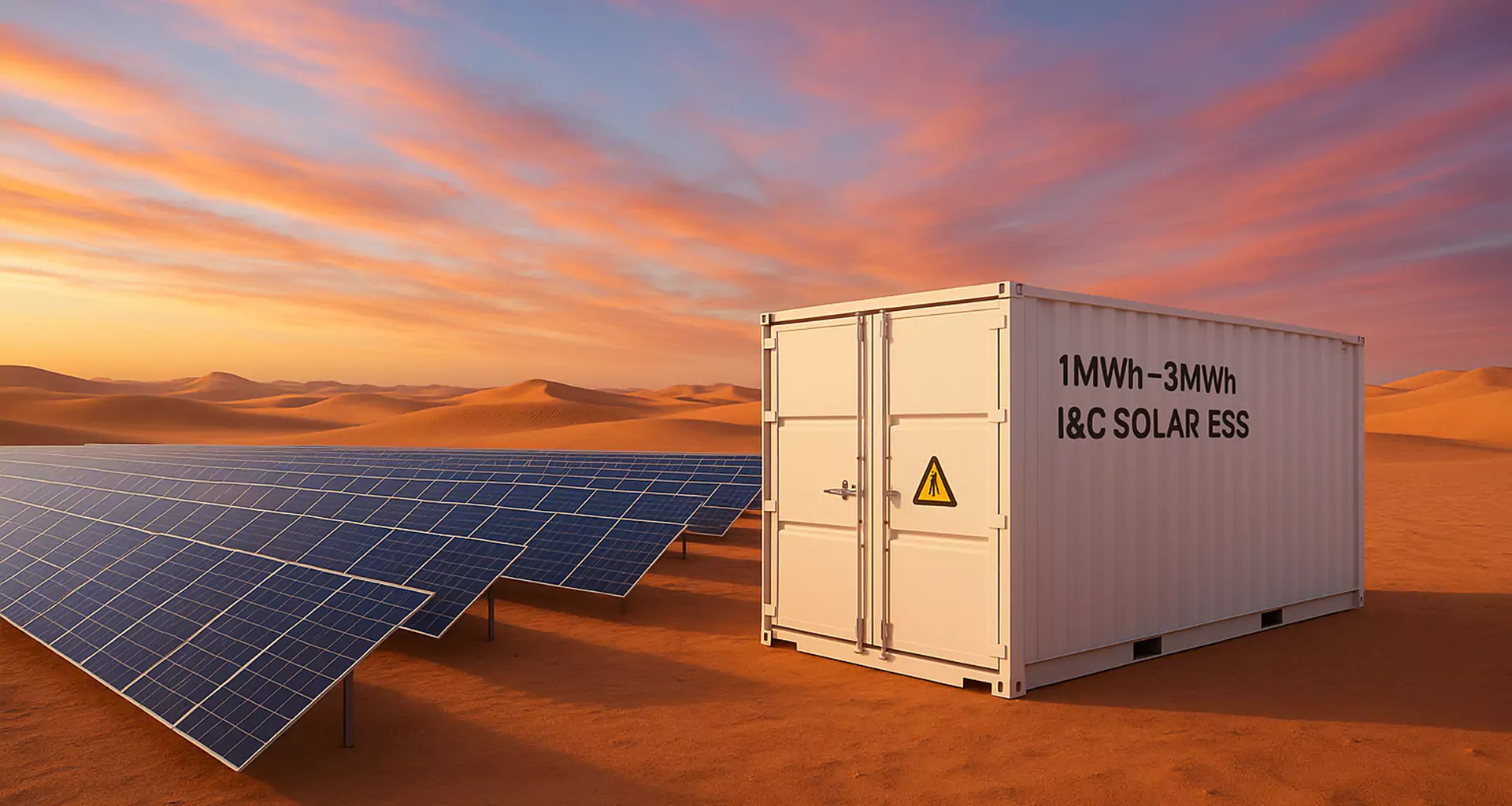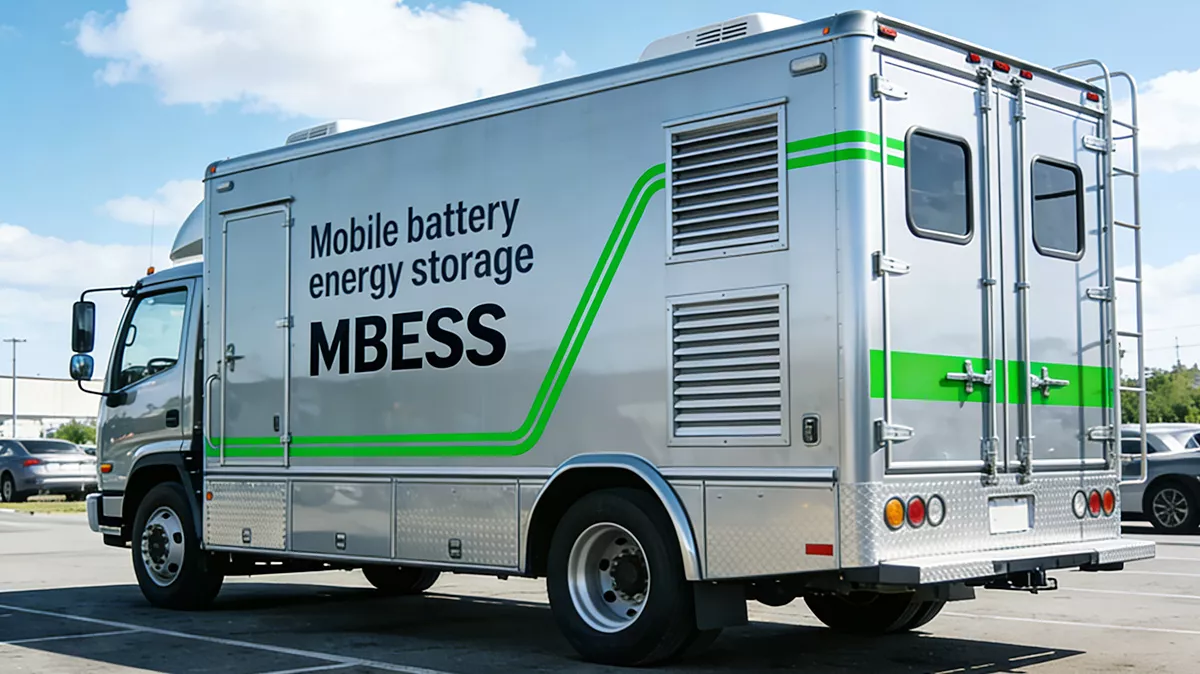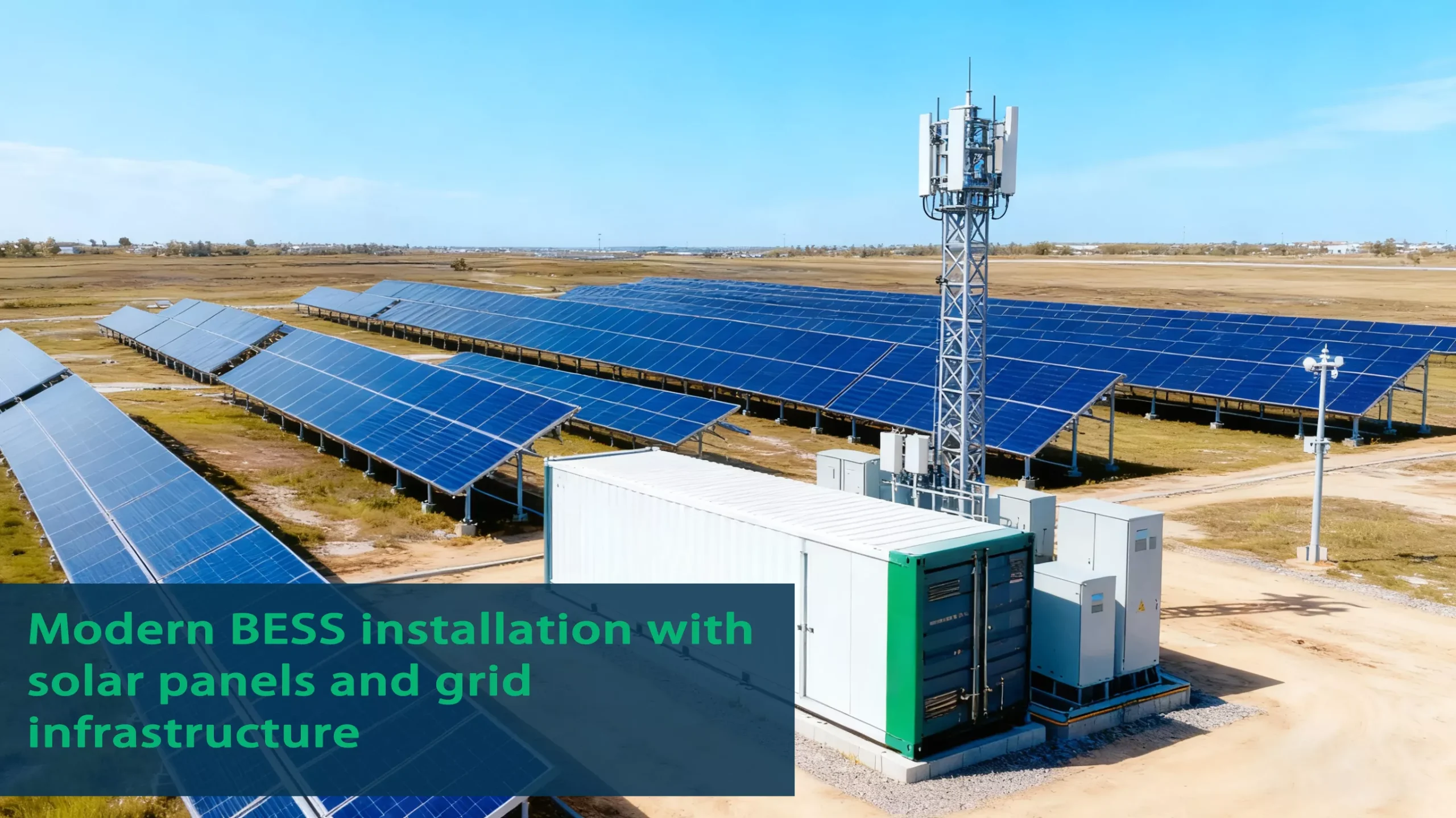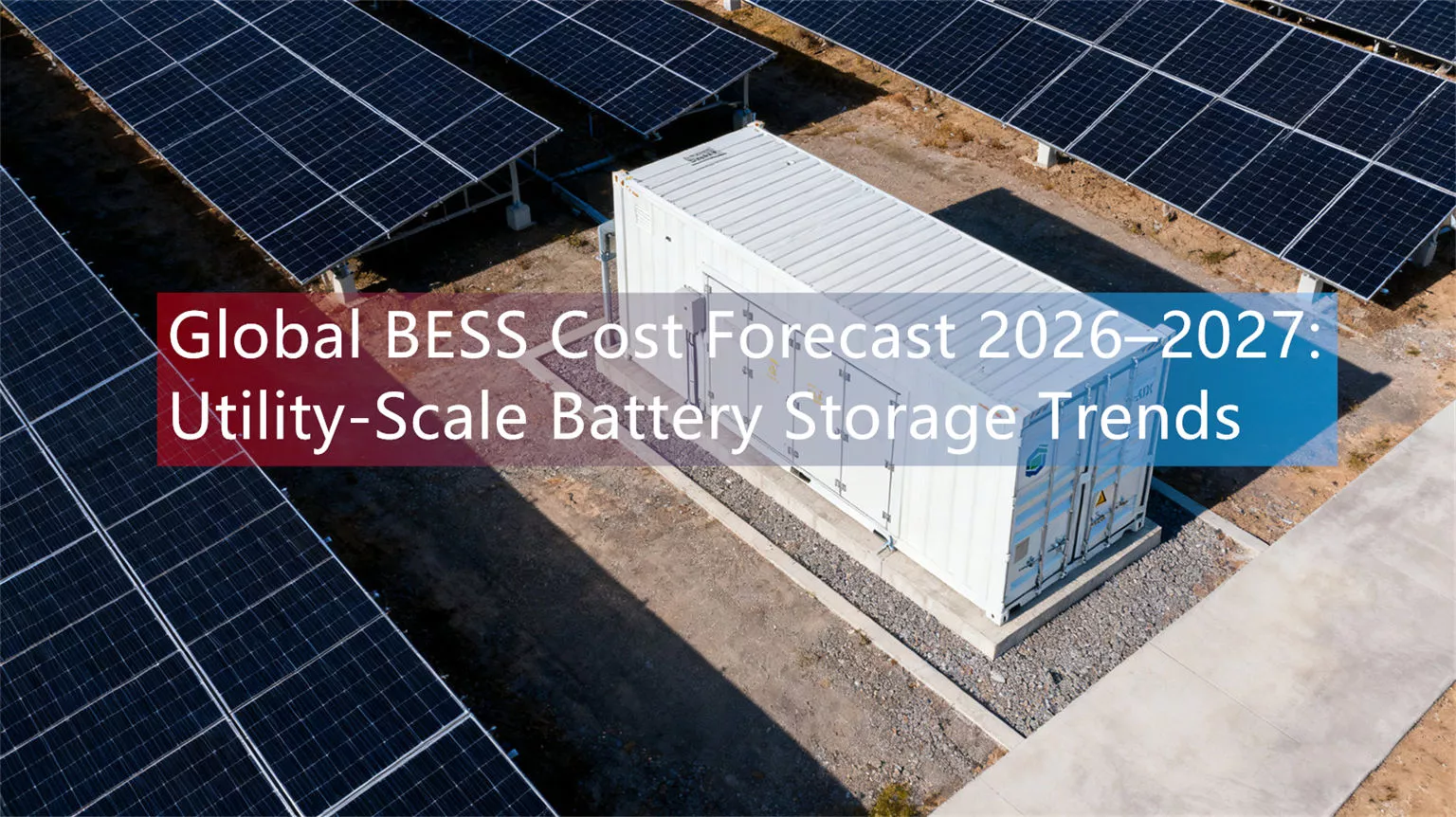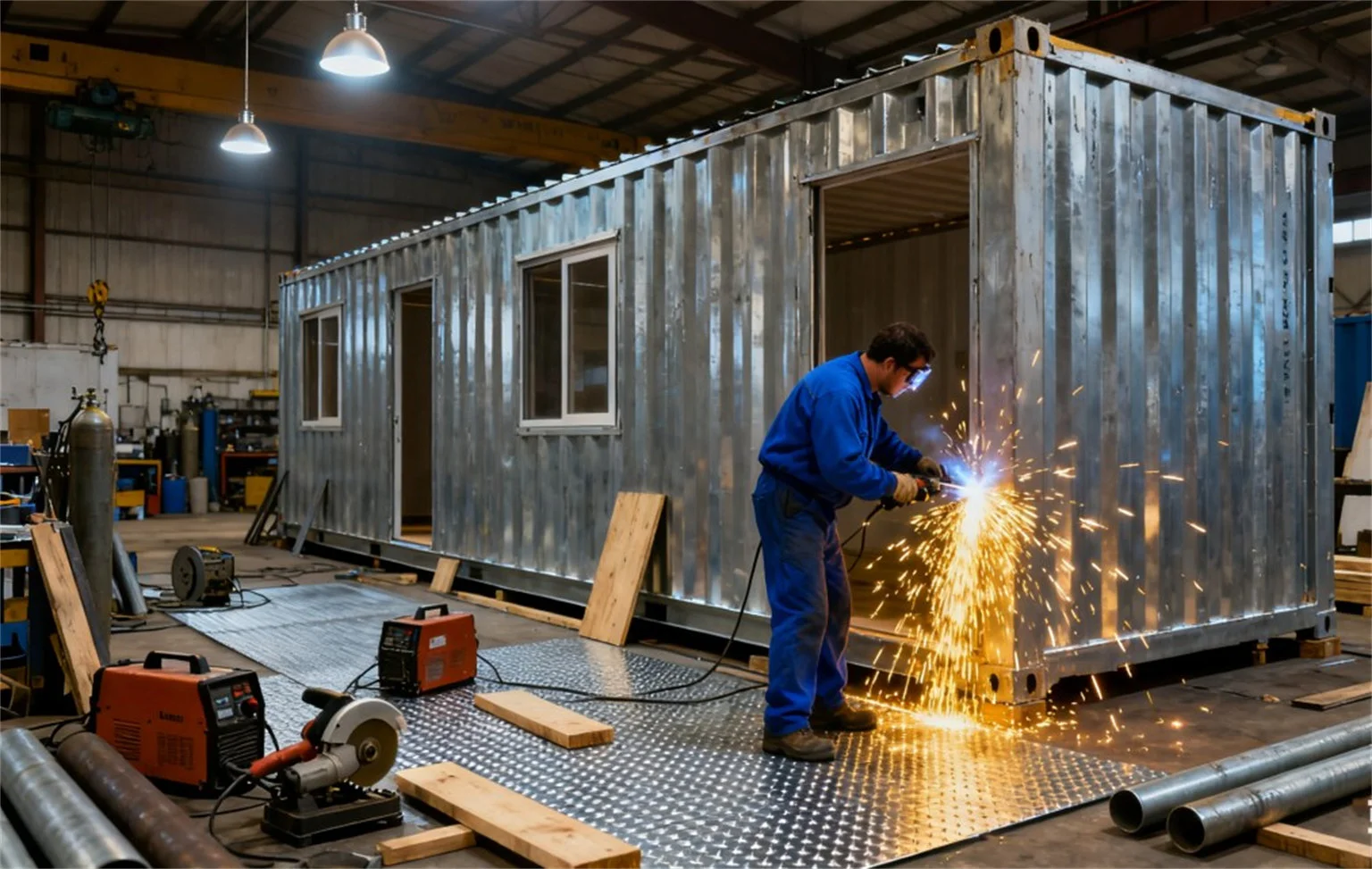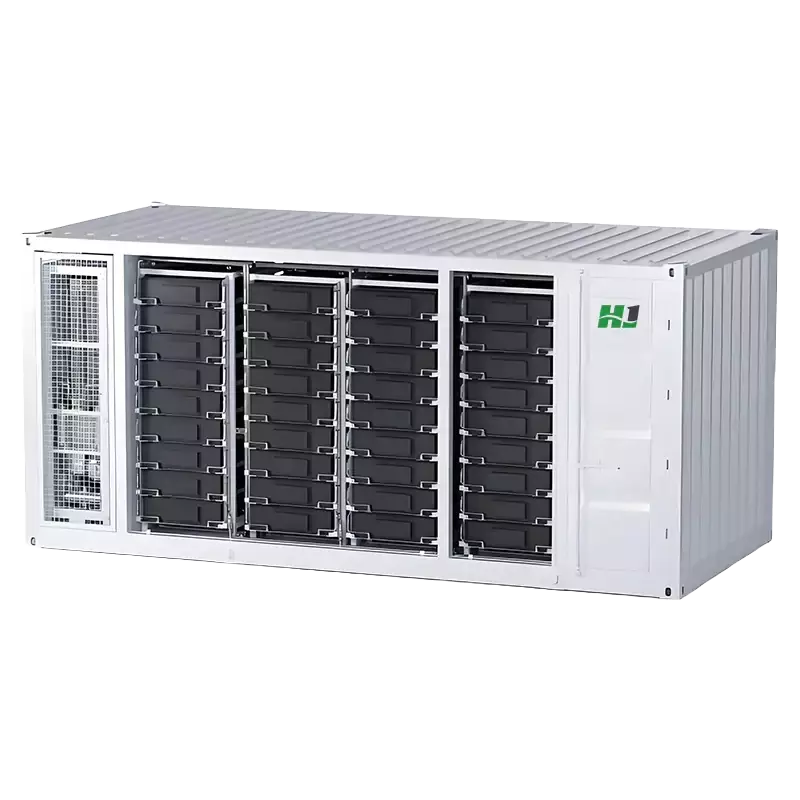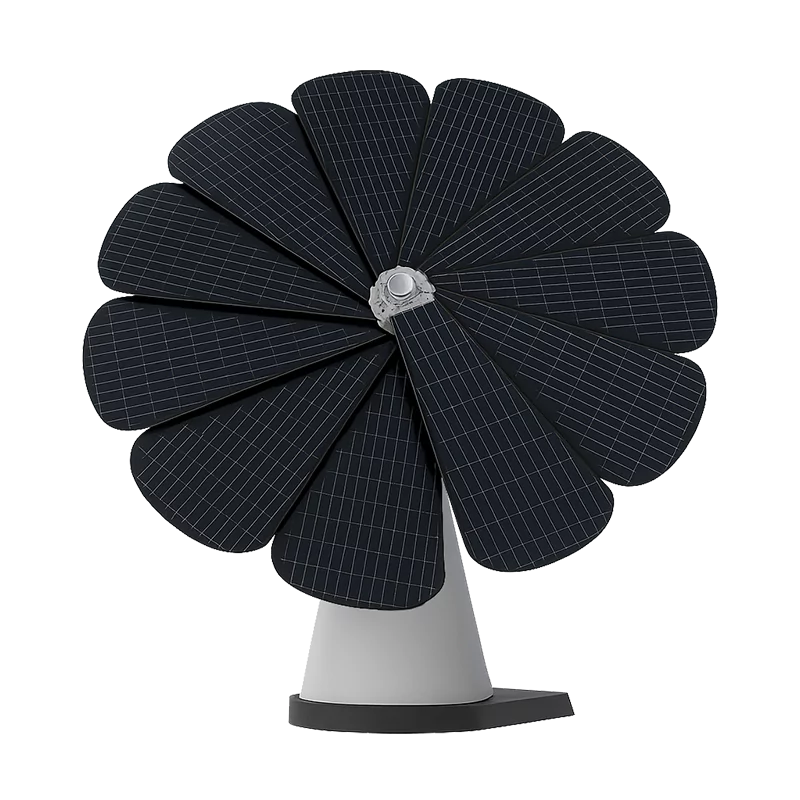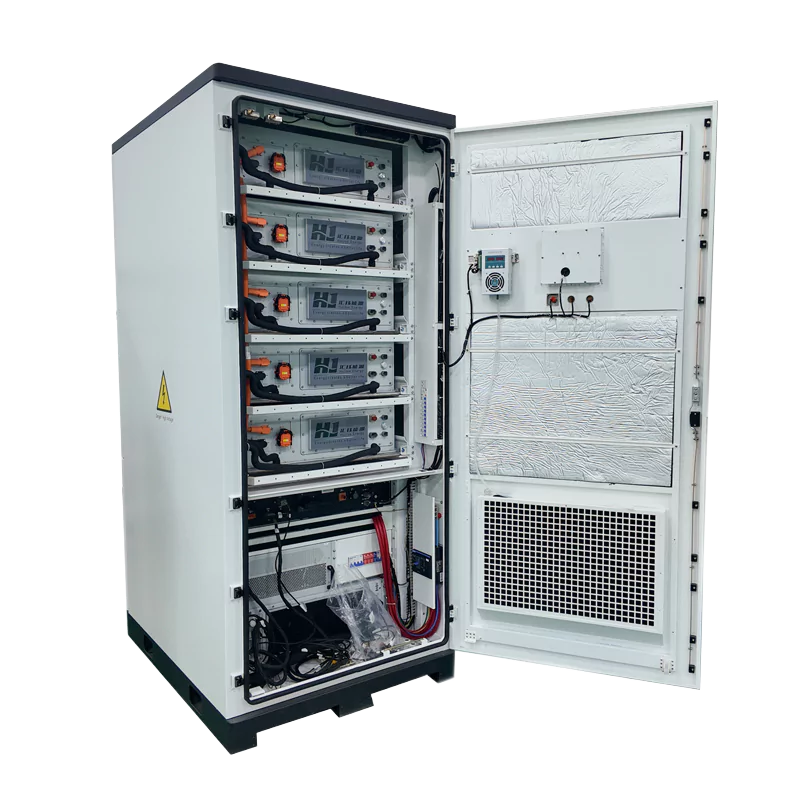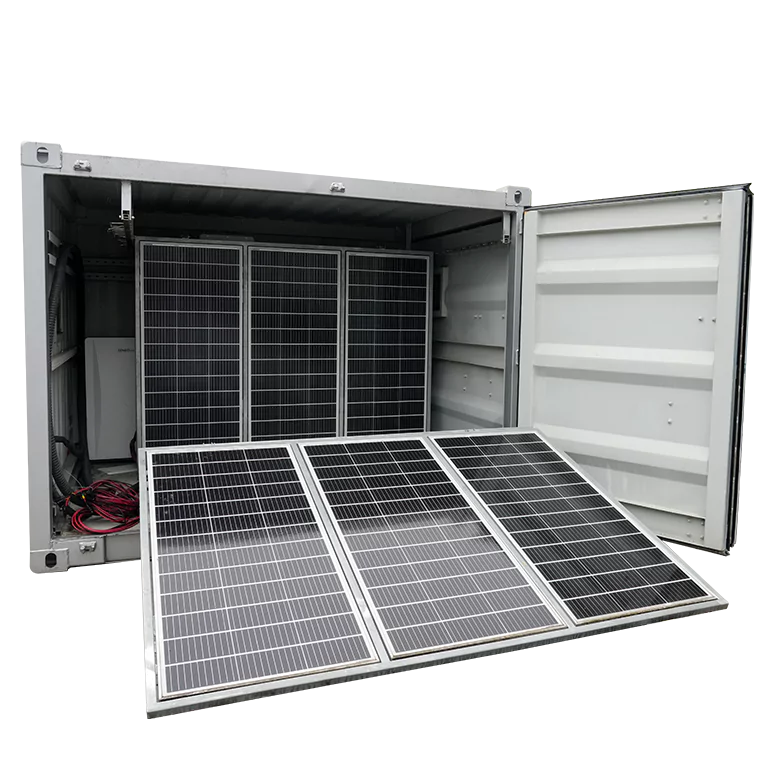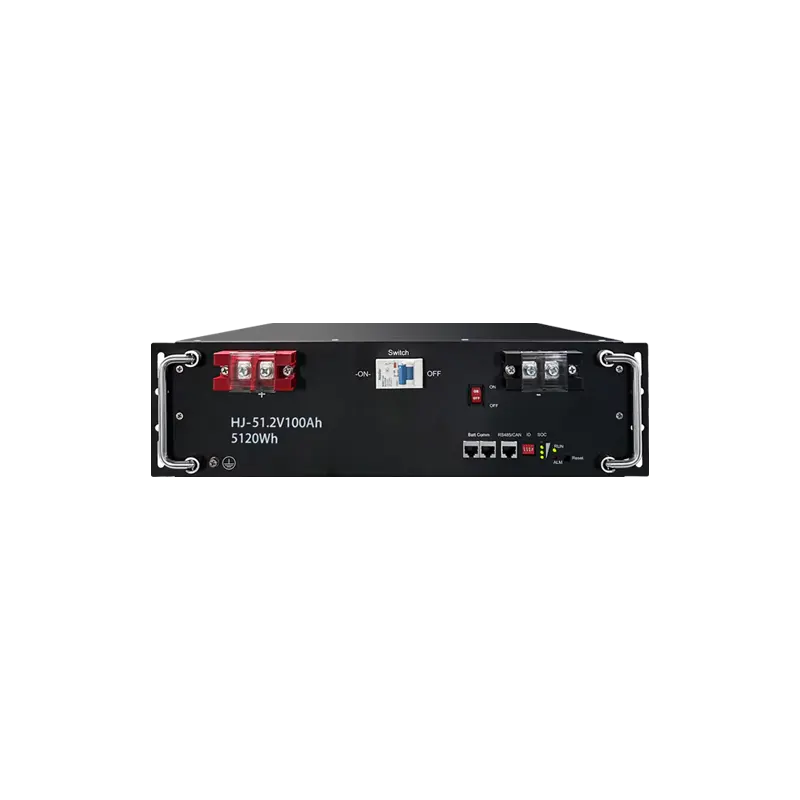Reducing Diesel Dependency: How BTS Waste Heat is Converted into Mine Lighting Energy
Under the scorching sun of Chile’s Atacama Desert, mining operations face the dual challenge of meeting continuous energy needs while providing reliable lighting for 24-hour production. Mines are located in remote areas and often rely on expensive diesel generators and unstable grid power; nearby telecommunication base stations (BTS) used for communication generate a lot of waste heat, which has been underutilized until recently. HighJoule’s innovative energy solution converts this waste heat into power for mine lighting, providing a sustainable and low-cost alternative to the diesel-dependent energy model.
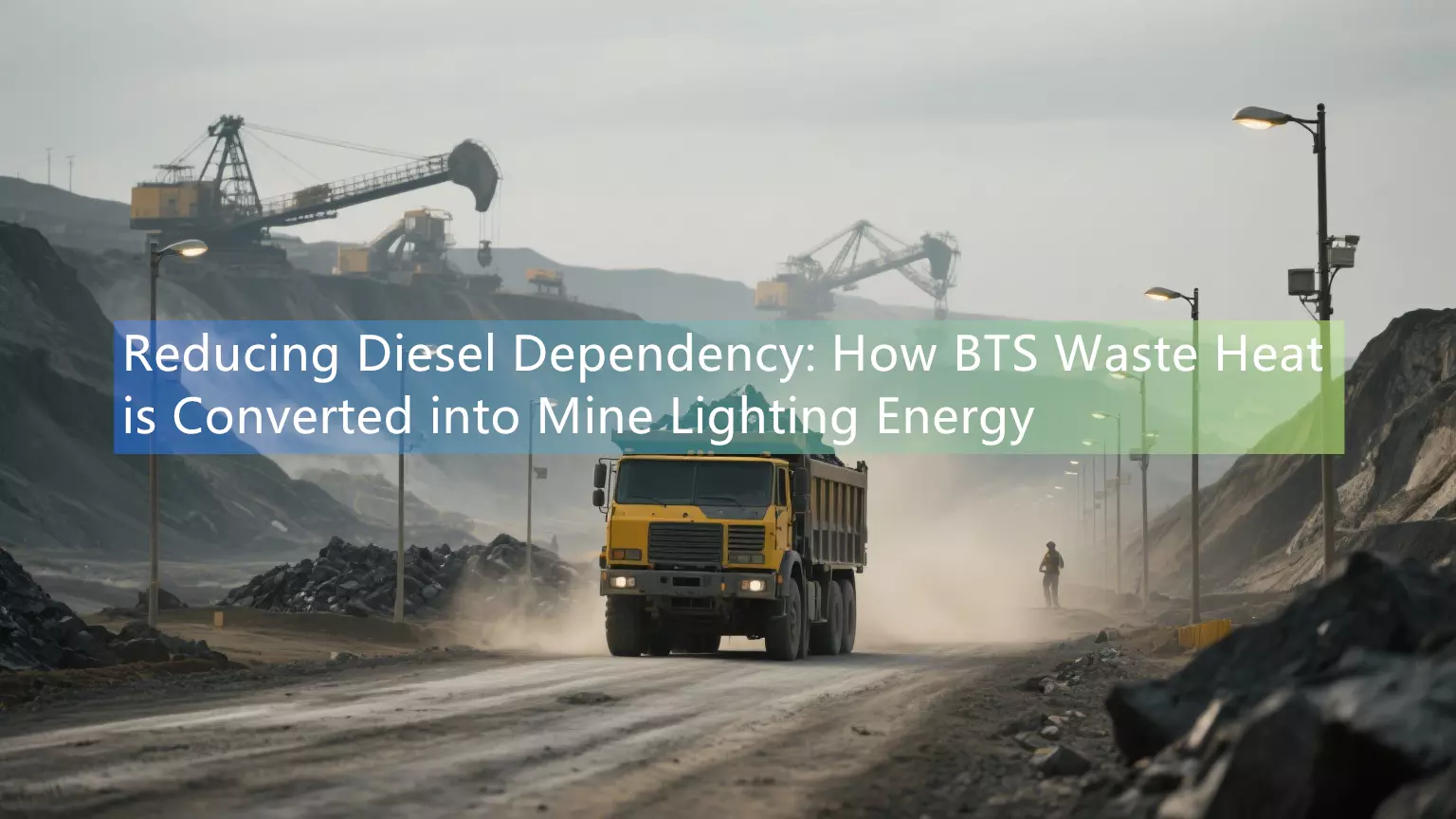
Challenge: Energy Waste and Core Needs of Mining Areas
Mining operations in northern Chile (including the Antofagasta and Atacama regions) face the following energy challenges:
- High-intensity lighting needs: Mines (including underground operations) require high-brightness lighting (5,000-15,000 lumens per lamp) to ensure safety and production efficiency, which traditionally relies on expensive diesel generators or grid extension lines.
- Waste heat from base stations: In telecom base stations that run 24 hours a day, rectifiers, batteries and other equipment generate a lot of heat, and about 30%-40% of the input energy is wasted in the form of waste heat. This heat could have been used to solve the energy needs of the mining area, but it has been idle for a long time.
Diesel costs in Chile’s mining regions often surpass $1.50 per liter. For mining companies, this wasted heat is actually a valuable resource for reducing energy costs and carbon footprints.
HighJoule Waste Heat to Lighting Technology: From Principle to Application
HighJoule uses a three-step solution to convert base station waste heat into reliable mining lighting energy. This process relies on our heat recovery unit (TRU) and LED lighting system to capture, convert and store waste heat.
Step 1: Waste Heat Capture – Collecting Heat Emitted by Base Stations
When the rectifiers, inverters and battery packs of base stations are running, the temperature is usually 40-60℃. HighJoule’s TRU uses a closed-loop ethylene glycol cooling system to capture this heat, with a heat exchange efficiency of up to 92%. This compact device (60cm×40cm×30cm) can be installed directly on the base station shell without large-scale modifications to the existing communication infrastructure.
Step 2: Heat-to-Electric Conversion – Converting Heat into Electricity
The captured heat is introduced into the thermoelectric generator (TEG) module built into the TRU. HighJoule’s TEG uses advanced bismuth telluride semiconductor materials, which are specially optimized for low temperature difference scenarios of 20-50℃ (the typical temperature range of base station waste heat), and the power generation efficiency can reach 6%-8% – far exceeding traditional thermoelectric systems (such systems are often less than 3% efficient in low-grade heat sources).
Step 3: Driving Lighting – Providing a Stable Light Source for the Mine
The converted electrical energy (12-24V DC, 50-150W) directly powers HighJoule’s high-efficiency LED lighting system. Our IP66-rated mining LED lights only require 80W of power to output 10,000 lumens, which is 30% more energy-efficient than standard mining LED lights and has a service life of up to 50,000 hours. The system integrates a 100Ah lithium iron phosphate (LiFePO4) battery, which efficiently stores surplus energy, ensuring continuous lighting even during base station maintenance.
Actual Application Effect: Efficiency Improvement and Cost Savings
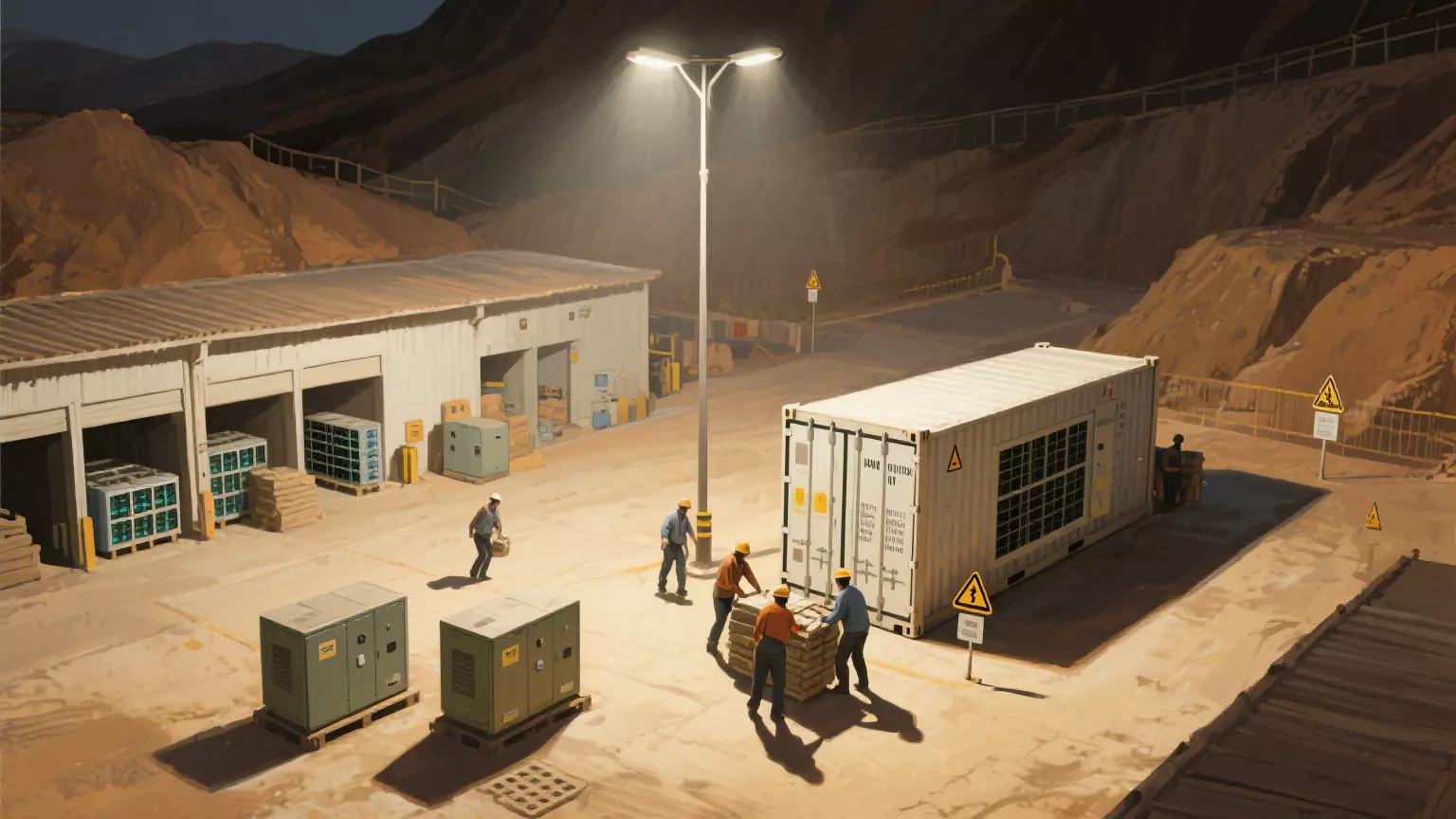
In pilot tests in Chilean mining environments, the HighJoule system has demonstrated significant value:
- Energy savings: A single base station (average power consumption 500W) can support the operation of 4-6 LED lights, reducing diesel consumption by about 20 liters per day.
- Cost reduction: At $1.5/liter of diesel, the pairing of a single base station and a mine can save $900-1350 per month.
- Reliability verification: The system has been running continuously for 6 months with almost negligible downtime; thanks to the battery backup design, lighting will not be interrupted even if the base station is maintained.
HighJoule’s Differentiated Advantages: Compared with Existing Solutions
Although there are other waste heat recovery technologies on the market, the HighJoule system is designed specifically for the waste heat characteristics of base stations and is deeply adapted to the needs of mining lighting. The specific advantages are as follows:
- Traditional TEG system: This type of system is designed for high-grade heat sources such as industrial boilers. When facing low-grade waste heat from base stations, the efficiency is often less than 3%, while HighJoule’s TEG can reach 6%-8% efficiency in the same scenario.
- Solar energy + energy storage: Solar energy is widely used in Chile, but it depends on lighting conditions; the HighJoule solution runs 24 hours a day and can supplement the lack of solar energy at night or on cloudy days.
- Grid extension: The cost of extending the grid to remote mining areas is as high as 10,000 to 50,000 US dollars per kilometer, while the HighJoule system has a single deployment cost of less than 8,000 US dollars and a 70% shortened installation period.
Energy Challenges in South America and Africa: A Global Perspective and HighJoule’s Adaptable Solutions
Chile’s energy dilemma is not an isolated case. South America and Africa generally face problems such as unstable power grids, high energy costs, and high diesel dependence:
- Poor power grid reliability: 30% and 45% of mines in remote mining areas in Chile and sub-Saharan Africa, respectively, rely entirely on diesel for power generation (International Renewable Energy Agency 2024 data).
- Severe cost fluctuations: In 2023, diesel prices in Africa rose by 22% due to global supply issues, directly squeezing mining profits.
- Sustainable development goals: Chile plans to reduce mining carbon emissions by 30% by 2030, while the African mining industry has set a goal of 50% renewable energy by 2035.
HighJoule’s waste heat recovery technology does not require new energy facilities, and only achieves emission reductions through the “energy byproducts” of existing base stations, which perfectly fits these sustainable development goals.
Expanding to Energy-Stressed Regions: The Universal Value of Technology
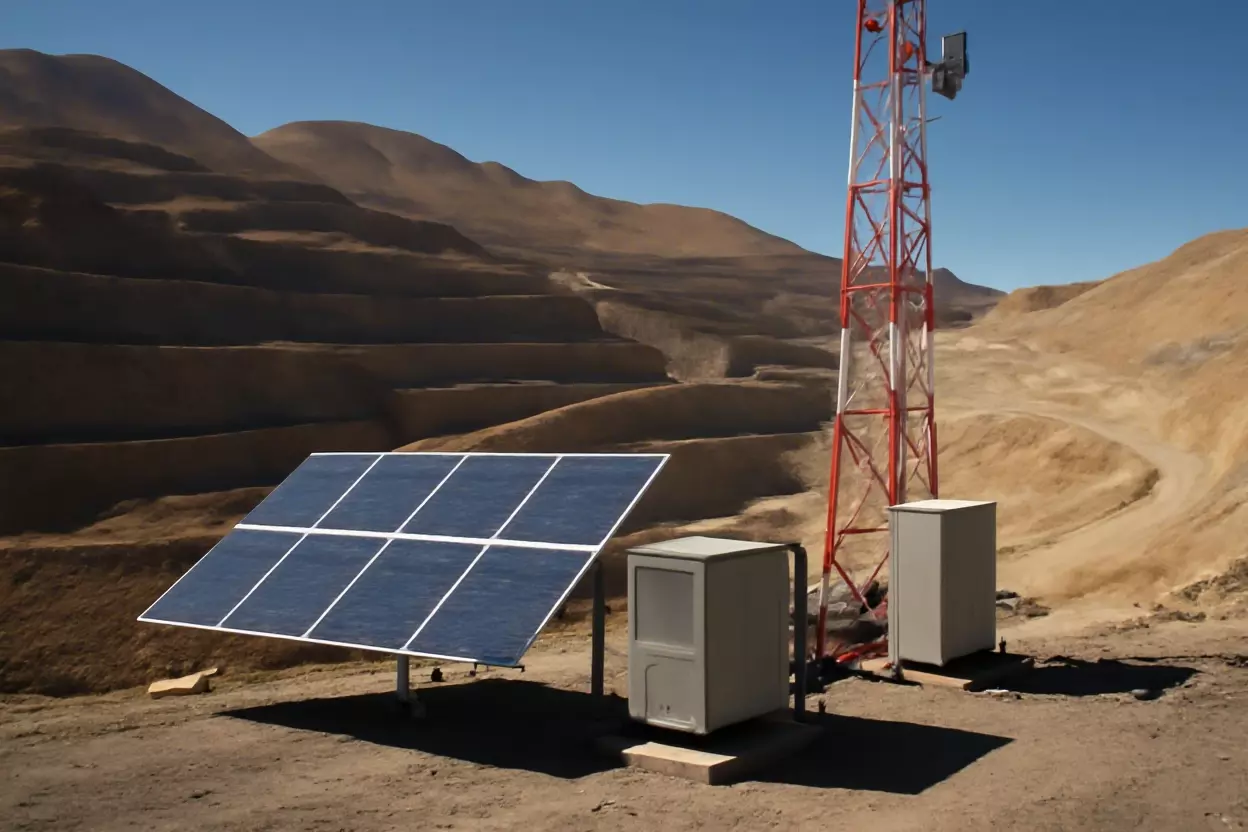
HighJoule’s technology is not only applicable to Chile, but can also be applied on a large scale in energy-stressed regions around the world:
- Africa: 80% of rural telecom base stations in Africa rely on diesel power generation, and our system can operate stably 24 hours a day, regardless of weather conditions, to provide supplementary energy to surrounding mining areas.
- South America: From copper mines in Peru to remote mines in Brazil, our solutions have been put into use, reducing energy costs while reducing carbon emissions.
Future Outlook: Resource Efficiency in Mining
The mining industry in Chile and Africa is undergoing a “resource efficiency” upgrade – energy that was once wasted is now supporting safer and more sustainable operations. HighJoule’s waste heat recovery technology transforms “heat liabilities” into “energy assets”, reducing costs, dependence on fossil fuels and carbon emissions.
As global mining companies accelerate their search for sustainable solutions, HighJoule provides a forward-looking solution: it integrates base station waste heat, solar integration and energy storage technology to provide the industry with a seamless energy system.
Find Your Solar + Battery Storage Specialist Now!
* Fill out this form and our experts will help you find the perfect solar storage solution for your home or business.


